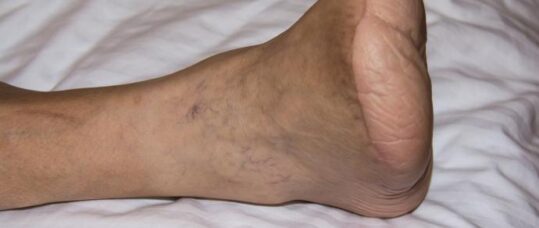NICE releases three diabetes care guidelines

The National Institute for Health and Care Excellence (NICE) has today published updated guidelines to improve the management of diabetes in children and adults.
The three NICE guidelines cover type 1 diabetes in adults, type 1 and 2 diabetes in children and young people and diabetic foot problems.
The guideline on managing type 1 diabetes in adults makes a wide range of recommendations including: offering all adults a structured education programme of proven benefit, for example the DAFNE (dose-adjustment for normal eating) programme. Offer this programme 6-12 months after diagnosis.
Related Article: Be alert to pancreatitis in patients using GLP-1 weight-loss drugs
Also, supporting adults to aim for a target HbA1c level of 48 mmol/mol (6.5%) or lower, to minimise the risk of long-term vascular complications, and offering multiple daily injection basal-bolus insulin regimens, rather than twice-daily mixed insulin regimens, as the insulin injection regimen of choice for all adults with type 1 diabetes.
Stephanie Amiel, professor of diabetic medicine at King’s College London and chair of the NICE group which developed the type 1 guideline, said: “This NICE guideline provides evidence-based, practical advice on supporting adults with type 1 diabetes to live life to the full with few restrictions, and to avoid the serious complications linked to the condition and its treatment.”
For children and young people, type 1 and type 2 diabetesare covered in a single guideline. The 2013-14 National Diabetes Audit identified 26,500 children and young people with type 1 diabetes and 500 with type 2 diabetes, and both types of diabetes are becoming more common in the UK.
The guidance advises health professionals refer children and young people with suspected type 1 diabetes immediately (on the same day) to a multidisciplinary paediatric diabetes team.
Ongoing real-time continuous glucose monitoring with alarms should be offered to children and young people with type 1 diabetes who have frequent severe hypoglycaemia (low blood sugar) or impaired awareness of hypoglycaemia associated with adverse consequences (for example, seizures or anxiety) or inability to recognise, or communicate about, symptoms of hypoglycaemia (for example, because of cognitive or neurological disabilities).
Moreover, they should be offered a continuing programme of education from diagnosis, including HbA1c monitoring and targets, the effects of diet, physical activity, body weight and intercurrent illness on blood glucose control, the aims of metformin therapy and possible adverse effects, the complications of type 2 diabetes and how to prevent them.
Related Article: Low-energy diet improved eating disorder symptoms in patients with type 2 diabetes
Foot complications are common in people with diabetes: it’s estimated that 10% of people with diabetes will have a diabetic foot ulcer at some point in their lives.
Nerve damage (due to high blood sugar levels or poor blood supply) can mean that injuries like cuts are unnoticed and can develop into an open sore on the foot – a diabetic foot ulcer. There is a risk that if the ulcer becomes infected that the foot tissue may die, and the foot might have to be amputated.
Rachel Berrington, diabetes specialist nurse and NICE guideline developer said: “Mortality rates after diabetic foot ulceration and amputation are high, with up to 70% of people dying within 5 years of having an amputation and around 50% dying within 5 years of developing a diabetic foot ulcer.”
It is recommended that if a person has a limb-threatening or life-threatening diabetic foot problem (eg ulceration with fever or any signs of sepsis), refer them immediately to acute services and inform the multidisciplinary foot care service so they can be assessed and an individual treatment plan put in place.
Related Article: Wales diabetes prevention programme cuts risk of developing type 2 diabetes by nearly a quarter
For all other active diabetic foot problems, refer the person within one working day to the multidisciplinary foot care service or foot protection service for triage within one further working day.
Also, provide information and clear explanations about the risk of developing a diabetic foot problem to people with diabetes and/or their family members or carers when diabetes is diagnosed, during assessments, and if problems arise. This should include basic foot care advice, foot emergencies and who to contact, footwear advice, and the person’s current individual risk of developing a foot problem.

See how our symptom tool can help you make better sense of patient presentations
Click here to search a symptom


The National Institute for Health and Care Excellence (NICE) has today published updated guidelines to improve the management of diabetes in children and adults



